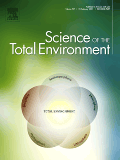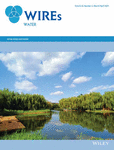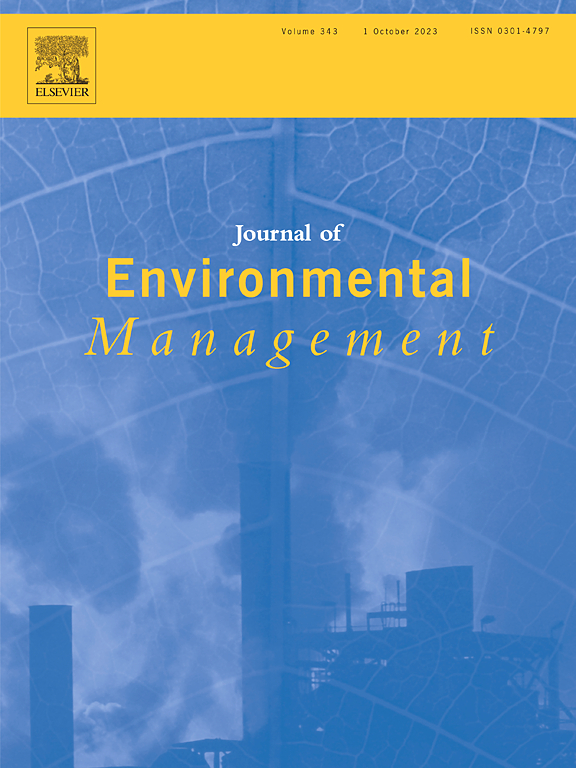Revising Common Approaches for Calibration: Insights From a 1-D Tracer-Aided Hydrological Model With High-Dimensional Parameters and Objectives
Dimensionality of parameters and objectives has been increasing due to the accelerating development of models and monitoring networks resulting in major challenges for model calibration. The study highlights limitations of high-dimensional calibration approaches, the role of data uncertainty and deficiencies in model structure of process-based ecohydrological models.

Marine phytoplankton impose strong selective pressures on in vitro microbiome assembly, but drift is the dominant process
Demystifying the art of isotope-enabled hydrological and climate modelling
Stable water isotopes are well known tracers of the hydrological cycle producing critical climate science but they are not explicitly included in influential climate reports except for paleoclimate reconstructions. The authors argue that it is time to incorporate isotopes and isotope-enabled modelling into mainstream hydroclimatic forecasting to improve climate change predictions and evidence.
A Holistic Catchment-Scale Framework to Guide Flood and Drought Mitigation Towards Improved Biodiversity Conservation and Human Wellbeing
The authors suggest to combine conventional civil engineering methods, nature-based solutions, and biodiversity conservation actions at catchment-scale to leverage flood and drought mitigation and cater to improved biodiversity conservation and human wellbeing. We outline the needs in terms of legislation structure, adequate funding and governance structures to make this happen.

Individual movement behaviour and habitat use of a small-sized cypriniform (Telestes muticellus) in a mountain stream
Legacy effects of an invasive legume more strongly impact bacterial than plant communities in a Mediterranean-type ecosystem
Evaluating the readiness for river barrier removal: A scoping review under the EU nature restoration law

A global systematic review of the cultural ecosystem services provided by wetlands







